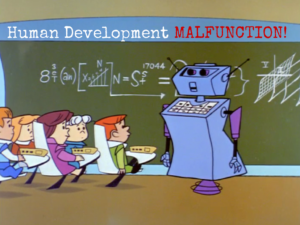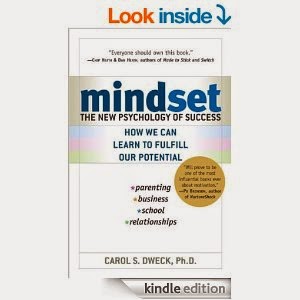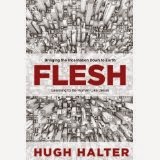First task: Let’s bury the negative feelings we’ve learned to have toward the word “assessment,” although we do have a right to feel this way because our human nature often marries judgment with assessment. If we keep the purpose of assessment to solely spur growth and development, then it should be something we’re drawn to instead of fleeing from.
KNOW YOUR STUDENTS
Because God is so intimately in tune with our heart and desires he constructs tests in our life that perfectly align with our current capabilities. Never has He given a challenge for the purpose of judgment but for reflection and development. 1 Corinthians 10:13 tells us, “God keeps his promise, and he will not allow you to be tested beyond your power to remain firm; at the time you are put to the test, he will give you the strength to endure it, and so provide you with a way out.” We too must know our children and be able to supply the appropriate resources and preparation that promise progress for the individual.
To build purposeful assessments and evaluation tools, we must first provide abundant opportunities for observation and reflection. This then allows us to provide challenges or assignments that match the child’s capabilities and offer avenues for deep growth.
Look at God’s response as Adam and Eve colossally bombed the most important test in the history of mankind. God came close to Adam and Eve, reflected together with them in order to reveal their level of understanding (or misunderstanding in this case). He then adjusted the course ahead to produce further opportunities for development.
Note: The test that initially brought sin into the world may have a different set of ramifications than those found in classroom assessments.
![]() |
background image courtesy of
https://www.flickr.com/photos/myshaislamphotographycom/5949070873/ |
RESPOND WITH PATIENCE
“Or do you think lightly of the riches of His kindness and forbearance and patience, not knowing that the kindness of God leads you to repentence?” Rom. 2:4
A teacher’s or parent’s kindness and patience leads to development. This isn’t alluding to being soft and care-free, I think it is referring to the persistent opportunities for development we should be offering our children. Intently observing skills and behaviors and then continue to present challenging chances for their growth.
Attaching consequences to the results of an evaluation only stall development. We must provide alternative instruction, modeling, discussion, reflection, whatever it takes to achieve progress. And I proudly proclaim that many of my son’s developments in character have come because his parents have diligently applied the trial and error approach. I just know that breakthroughs are witnessed because of persistence, patience, and actively engaging the child in learning opportunities. Anytime we concede and accept a deficiency without exhausting every resource, we’re failing a child’s future.
I hope my students can count on me for patience and persistence because I know I’d be lost and sunken if not for the patience God’s afforded me. Hugh Halter describes it as this, “He understood all the barriers and dilemmas and difficulties they would face in finding Him. He was amazingly understanding of their stories and knew that each person was in a process.”
BUILDING ASSESSMENTS FOR GROWTH NOT JUDGEMENT
Progressive educational leader Will Richardson said, “Little about learning is quantifiable. We need to see learning rather than measure it.”
The skill or behavior shouldn’t be the end goal. The ability to utilize those tools to create something should be the purpose. Whatever the subject matter may be, it is much better when considered a tool rather than a goal.
How we observe and evaluate understanding needs to be done differently in this era. A regurgitation of information is about as useful as anything that has physically been regurgitated. In the book The Curious Incident of the Dog in the Night Time, the narrator is a teenage boy with autism who has a way of stating things frankly. He says this about intelligence, “Being clever was when you looked at how things were and used the evidence to work out something new.” So why are our students not asked to display their learning through creation? I believe we shy away from these higher order thinking skills because it becomes more difficult to measure this type of work.
Daniel Pink in his book Drive tells about the common “mismatch between what people must do and what people can do. When what they must do exceeds their capabilities, the result is anxiety. When what they must do falls short of their capabilities, the result is boredom.” I’ve witnessed student anxiety and worry due to standardized tests and unfortunately I’ve caused student boredom by giving rote tasks instead of authentic challenges.
Lack of patience is the main reason why I don’t consider fishing a prized hobby of mine (worms and fins have also contributed to this). Though I think there are many similarities between successful fishermen and productive assessors. They are observant, persistent, and definitely patient.
Observe, reflect, and KEEP CASTING!
Peace in the process.
Ryan Hershey see my blog at
www.faithandeducationcollide.blogspot.com








